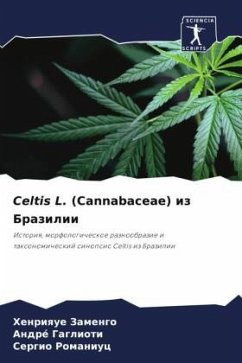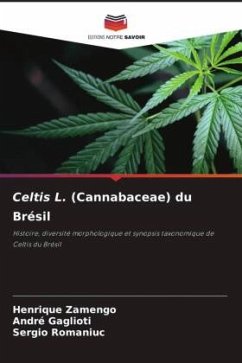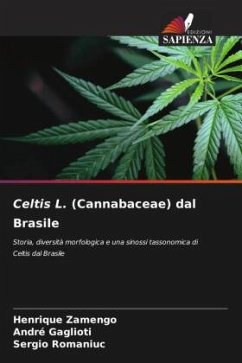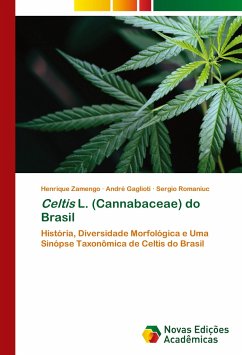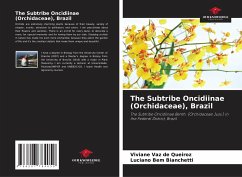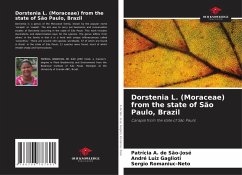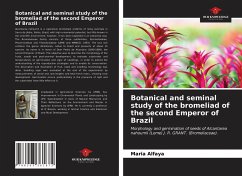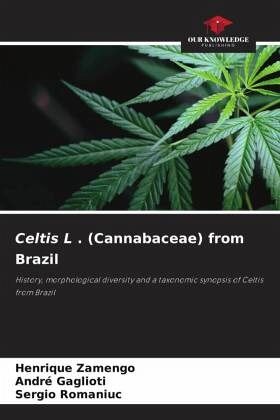
Celtis L . (Cannabaceae) from Brazil
History, morphological diversity and a taxonomic synopsis of Celtis from Brazil
Versandkostenfrei!
Versandfertig in 6-10 Tagen
41,99 €
inkl. MwSt.

PAYBACK Punkte
21 °P sammeln!
The genus Celtis L . popularly known in Brazil as "grains of rooster or rooster spur" has always been considered a complex genus regarding its nomenclature, morphology and taxonomy. The species of Celtis with occurrence in Brazil vary from shrubs to trees, scandent or not, armed or inert, have inconspicuous flowers divided into staminate and perfect, yellowish to orange drupes with membranaceous or petrous endocarp with a rich morphological diversity. In Brazil, Celtis species occur in all biomes. They are frequent in forest edges, fields, restingas, pastures and rarely in the interior of fore...
The genus Celtis L . popularly known in Brazil as "grains of rooster or rooster spur" has always been considered a complex genus regarding its nomenclature, morphology and taxonomy. The species of Celtis with occurrence in Brazil vary from shrubs to trees, scandent or not, armed or inert, have inconspicuous flowers divided into staminate and perfect, yellowish to orange drupes with membranaceous or petrous endocarp with a rich morphological diversity. In Brazil, Celtis species occur in all biomes. They are frequent in forest edges, fields, restingas, pastures and rarely in the interior of forests. In the national territory 11 species have been identified, two of them(Celtis fluminensis Carauta and Celtis orthacanthos Planch.) are endemic to Brazil. As a taxonomic novelty, a new species(Celtis serratissima Zamengo , Torres, Gaglioti & Romaniuc) identified for the Brazilian Cerrado stands out. We emphasize that despite this publication, new taxonomic revisions will have to be made,since the current taxonomic scenario of Celtis does not reflect the true Brazilian and Neotropical richness of Celtis.



